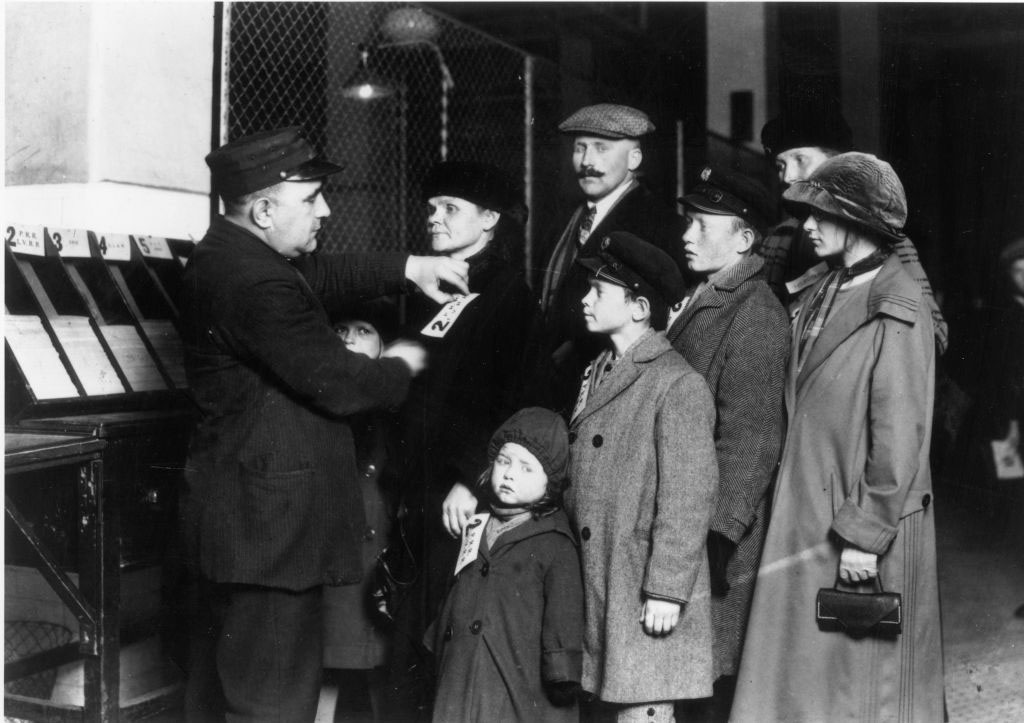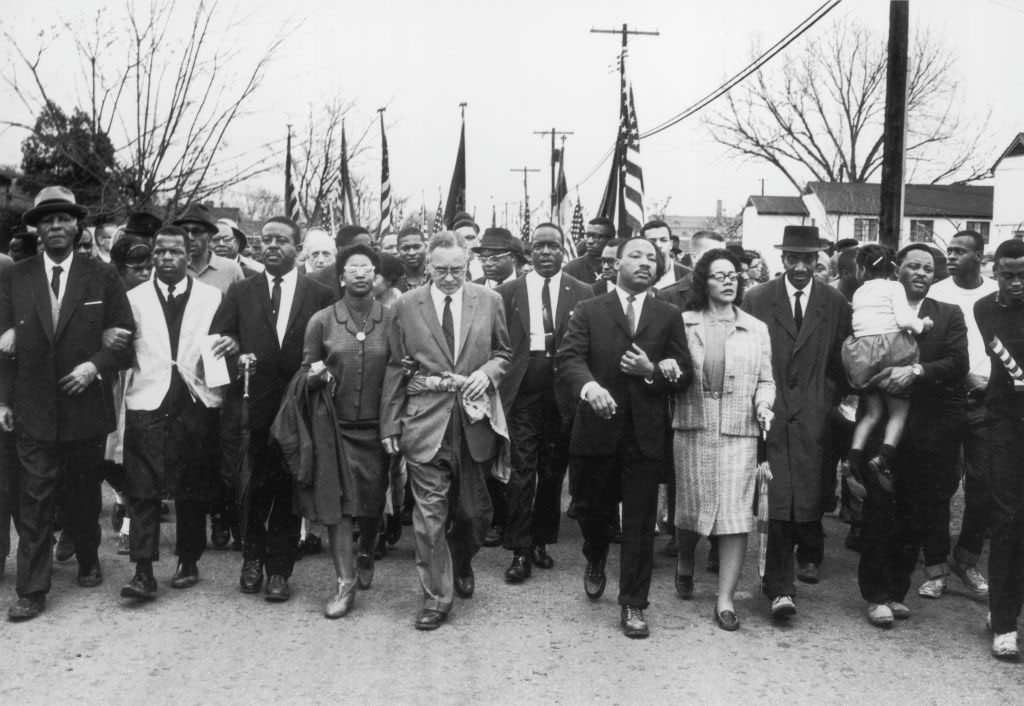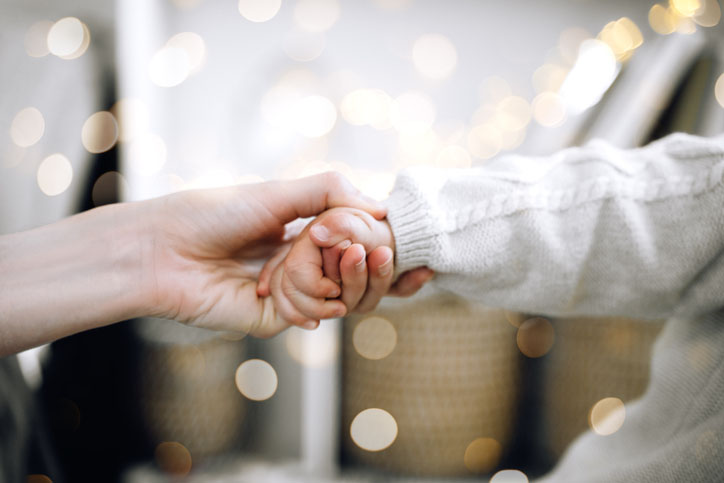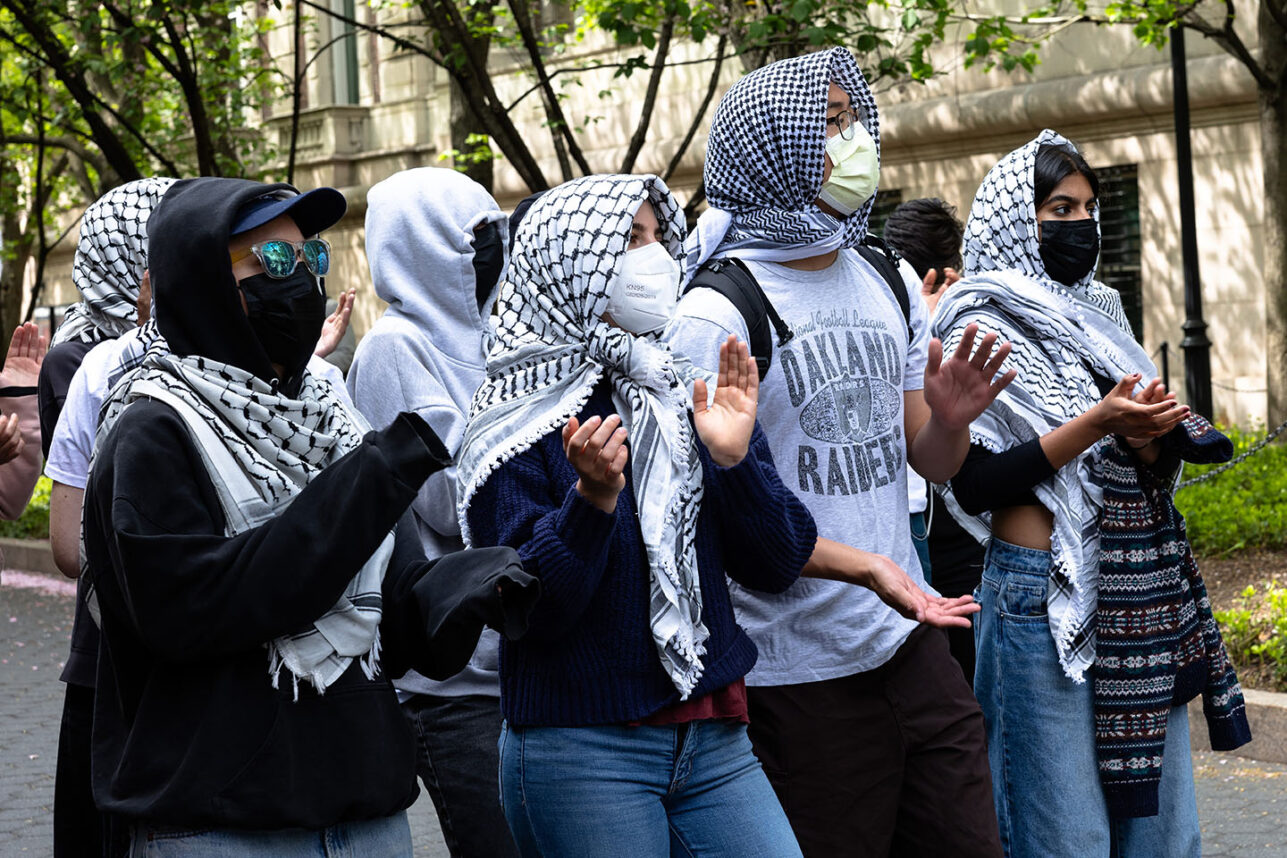It may be the season for planting trees, but Yosef Abramowitz is pushing for sundae-making this Tu B’Shevat. In what he calls a "revamped" and "recast" seder in honor of the New Year of Trees, Abramowitz and the staff of BabagaNewz, an educational magazine for Jewish kids, are teaching would-be arborists to plant "seeds of hope" in the form of nuts and candy, using cookie crumbs instead of dirt, and wishes instead of water.
Spiritually devoid? Downright ridiculous?
Try uplifting and accessible, said Abramowitz, CEO of Jewish Family & Life!, an educational multimedia enterprise, who co-wrote the seder, "Seeds of Hope," with educator Marilyn Fine.
Looking like a toned-down supplement to the BabagaNewz magazine, the guide’s tan pages and illustrations of Israel differ from the rest of the magazine’s bright and graphics-heavy content. This Tu B’Shevat haggadah seems more tasteful than revolutionary, with photos of Israel, fruit and flowers gracing its margins.
But Abramowitz said his seder operates in markedly new territory.
The New Year of Trees, a relatively minor Jewish holiday, harkens the beginning of spring in Israel, and originally established the start of the tithing season.
Today, it is often recognized as a Jewish Earth Day.
Like its more-established and popular sister, the Passover seder, the Tu B’Shevat ritual revolves around four cups of wine. For Tu B’Shevat, the first glass is white, the next two are a mixture of red and white and the last is all red.
The custom, created in the 17th century by Jewish mystics in Safed, in what is now Israel, also features eating four different categories of fruit, distinguished by the edibility of the fruit’s flesh and pit, which are said to symbolize the four seasons.
Abramowitz’s lessons are imparted within the six-page, glossy haggadah distributed to 34,000 middle school students in 900 religious schools who subscribe to BabagaNewz, which is published monthly during the school year, in conjunction with the Avi Chai Foundation.
During the course of the seder, the traditional four cups of wine are drunk, and lessons on modern Israeli history pepper the liturgy. Students learn about Theodor Herzl, the founder of modern Zionism, and are prompted to act out stories and ask themselves, "Who inspires hope for you?"
Copies of the BabagaNewz seder can be found in BabagaNewz magazines or online at
Did you enjoy this article?
You'll love our roundtable.
Editor's Picks



What Ever Happened to the LA Times?

Who Are the Jews On Joe Biden’s Cabinet?


No Labels: The Group Fighting for the Political Center
Latest Articles


Chef Katie Chin: Heritage, Chinese Cooking and Chocolate-Raspberry Wontons



Why 2024 Is Not 1968










 More news and opinions than at a Shabbat dinner, right in your inbox.
More news and opinions than at a Shabbat dinner, right in your inbox.